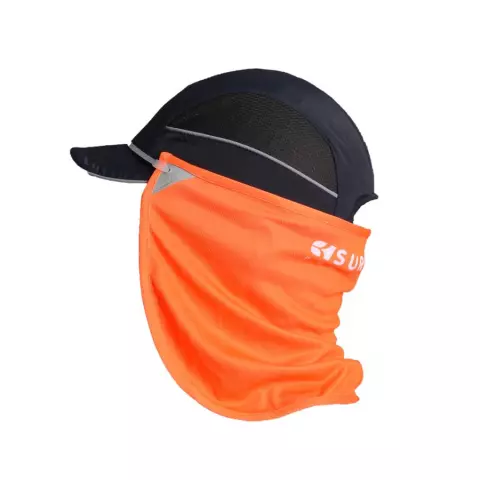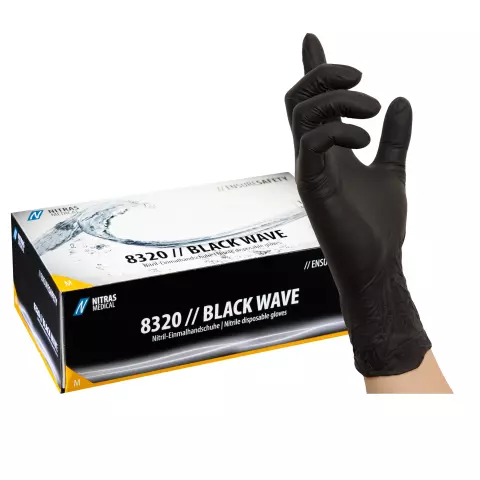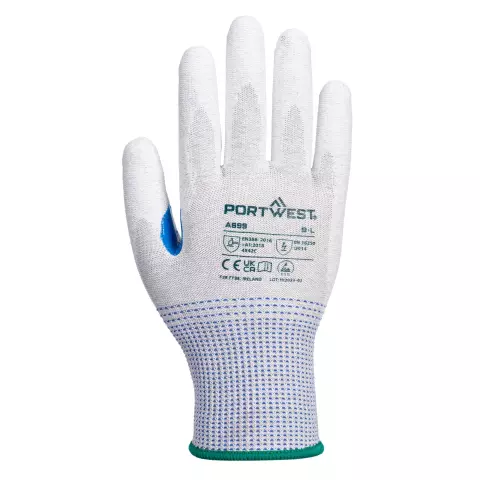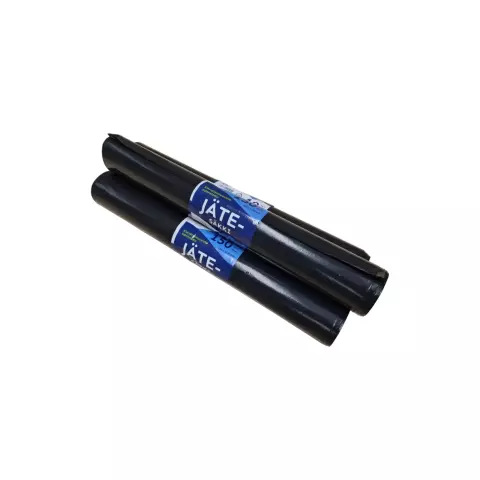
Supplier Verification: Key to Ensuring Quality and Reliability
Introduction In the ever-evolving landscape of small and medium-sized businesses (SMBs), ensuring a reliable and high-quality supply chain is paramount...

Get 20€ off on your first order!
Supplier connections resemble personal ones. Each enhances daily living and demands various amounts of care to maintain. Some suppliers are like best friends—your business can’t exist without them. Segmenting suppliers helps companies evaluate their relationships. With a supplier segmentation model, you can learn a lot about your suppliers. It shows how much you spend, how much you depend on each supplier, and how much they support your strategic sourcing goals.
Supplier segmentation basics are covered in this post:
Supplier segmentation groups suppliers by spend, risk, or business value. Companies can better manage supplier relationships and spending by grouping.
Companies can build high-value supplier relationships by segmenting suppliers. While avoiding low-value relationships, it saves resources.

/piece

/piece

/package

/piece

/package

/package

/package
The procurement and finance teams can contextualise their supplier spend via supplier segmentation.
Supplier segmentation has organisational benefits:
Time and effort are needed to segregate suppliers for partnership evaluation. Both quantitative and qualitative data regarding each supplier connection are used. Segmentation may take time depending on the number of vendors in your supply base.
Consider staged segmentation, focusing on high-spend sectors or key suppliers. These areas generally yield cost reduction and resource optimisation wins.
Effective supplier segmentation requires data gathering, analysis, criterion selection, and implementation.
When gathering and analysing supplier spend data, consider these recommended practices to improve supplier segmentation:
Consider the Pareto Principle: The Pareto Principle (also known as the 80/20 rule) states that 20% of suppliers account for 80% of your cost. Starting from scratch with supplier segmentation, focus on big-ticket providers. These few key suppliers likely do most of the segmentation. They may also offer the most cost optimisation.
Holistic approach: Supply management can miss critical context by focusing exclusively on the bottom dollar. Know each supplier’s value, including delivery, contract compliance, quality, and problem-solving.
Review performance regularly: Segmentation requires ongoing evaluation. Consider segmentation and supplier performance management ongoing processes with ongoing results. Supplier usage, terms, and overall value fluctuate over time, thus your supplier management programme should reflect this.
Optimising your supply chain requires intelligent procurement. Many procurement teams utilise a Kraljic Matrix to chart a company’s supplier relationships.
Peter Kraljic created this 1983 tool to help procurement identify major suppliers, analyse supplier performance, and manage supply relationships.
The Kraljic Matrix divides supplier connections into four categories to assist firms manage them. Using those four categories, a matrix is created. The matrix contextualises suppliers by business impact and supply risk.
Classify each supplier vendor into one of four categories. The matrix shows your key vendors and those who need improved negotiating and performance management.
Each category’s management strategy depends on its importance and accessibility:
Thank you! You've signed up for our newsletter.



















Introduction In the ever-evolving landscape of small and medium-sized businesses (SMBs), ensuring a reliable and high-quality supply chain is paramount...

Introduction: In today’s highly competitive business environment, cost reduction is a top priority for procurement professionals. However, achieving this goal...

Introduction: In today’s fast-paced manufacturing landscape, effective communication with suppliers is crucial for maintaining operational efficiency and meeting customer demands....

Introduction In the ever-evolving landscape of small and medium-sized businesses (SMBs), ensuring a reliable and high-quality supply chain is paramount...

Introduction: In today’s highly competitive business environment, cost reduction is a top priority for procurement professionals. However, achieving this goal...

Introduction: In today’s fast-paced manufacturing landscape, effective communication with suppliers is crucial for maintaining operational efficiency and meeting customer demands....
Get 10€ off on your first order!
Save 30% by buying directly from brands, and get an extra 10€ off orders over €100
Save 30% by buying directly form brands, and get an extra 10€ off orders over €100